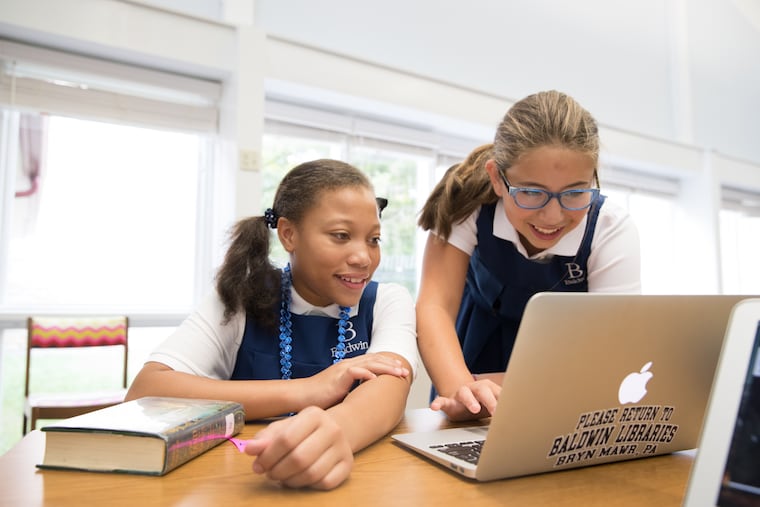Women won’t reach men in computer sciences until 2137 — unless we act now | Opinion
Not OK: Research says women won’t reach parity with men in the publication of computer science research until 2137.

Not OK: Research says women won’t reach parity with men in the publication of computer science research until 2137.
